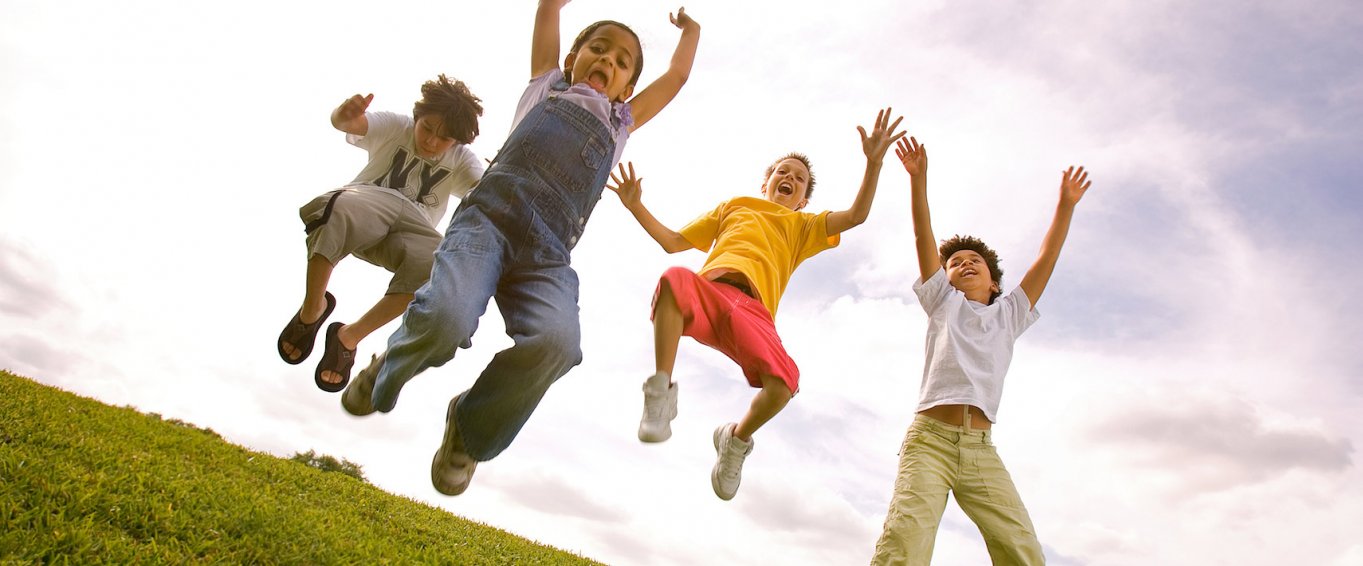The Future of Fundamental Movement Skills

Any good primary school recognises the importance of physical activity for children's development. Though some would argue it doesn't receive the attention it deserves, movement and the mastery of different types of movement is a key part of curriculums.
Yet, know physical activity levels among the young have been in decline for years. The reasons for this are complex and multifaceted. However, a new generation of educators is urging schools to tear up the rulebook and change not just the way physical learning is delivered but also the way it is defined.
In this blog, we discuss the limitations to physical activity still inherent within our school systems and ask whether they can be changed.
The Obstacle: Don't Run in the Corridors!
Running is one of the first movement skills children learn at school, well before throwing, catching and balancing. It has obvious benefits: if you can run efficiently, you can escape danger, run to catch up with people, pets or appointments and participate in almost any sport you choose.
Yet, to ensure schools are risk free, we outlaw running except for in limited environments. Running is discouraged in classrooms, corridors and often in playgrounds. When it is permitted, we confine it to flat surfaces so there's no danger of trips, slips or falls.
The Reality: Running on uneven surfaces is one of the best ways to improve balance. By overprotecting pupils with polished sports halls and synthetic running tracks, we deny them the opportunity to strengthen the synergist and fixator muscles so crucial for stable joint structures and finely controlled limb movements.
Ideally, children should run on a variety of surfaces including inclines, declines, grass and broken ground. Learning how to do so - and continuing to do so throughout life - decreases wear on the joints, increases range of motion and develops the proprioception needed for awareness of the body in different spaces.
The Obstacle: Throwing Things Is Dangerous!
Another warning commonly heard in classrooms is the danger of throwing things. While children must be taught to use this skill appropriately, it's often another case of swapping physical development for safety. Again, throwing movements are limited to specific environments and specially designed equipment
Some schools use only soft balls and equipment in PE lessons. The potential for painful impacts is thus removed. However, it can impair the development of sports skills and create habits which young athletes struggle to shed in later years.
The Reality: It's natural to want to protect children from the dangers of sport. Yet, to consistently do so is to assume the dangers don't matter. This couldn't be further from the truth. Risk is integral to sport, as are judgements of risk and their consequences.
Clearly, the purpose of sport isn't to get injured. However, if children never learn to recover from setbacks, they'll always be afraid to fully test their physical abilities. Almost all Finnish children practise javelin throwing in school. Accidents are very rare, and the country is home to some of the most decorated Olympic javelin throwers in the world.
The Obstacle: If You Jump Up, You'll Fall Off!
Parents have their part to play in the social moderation of children's movements. As youngsters, we all heard the cry of 'How many times have I told you not to jump on the bed!' At school, teachers are quick to outlaw clambering and climbing for fear of nasty falls. Increasingly, we caution children not to climb trees, swing from things, crawl under things or ascend things to jump back off.
Jumping can certainly be dangerous, but it is a crucial movement skill. Jumping is the foundation for elastic leg strength which is necessary for running. Like running, it is a fundamental part of many different sports and physical activities.
The Reality: The truth is, children have a remarkable instinct for climbing, clambering and jumping. Their developmental needs drive an urge to experience new surfaces, heights, shapes and objects. They will climb regardless. What schools (and parents) should be concerned with is the way children use jumping to come back to earth.
The safest way to jump is from the knees. From a still position, children should practise lowering their bodies with bent knees as if squatting. Using the arms for balance and momentum (by swinging rapidly forwards), they should drive their feet hard into the ground and then take off with both feet at the same time. They should land on two feet.